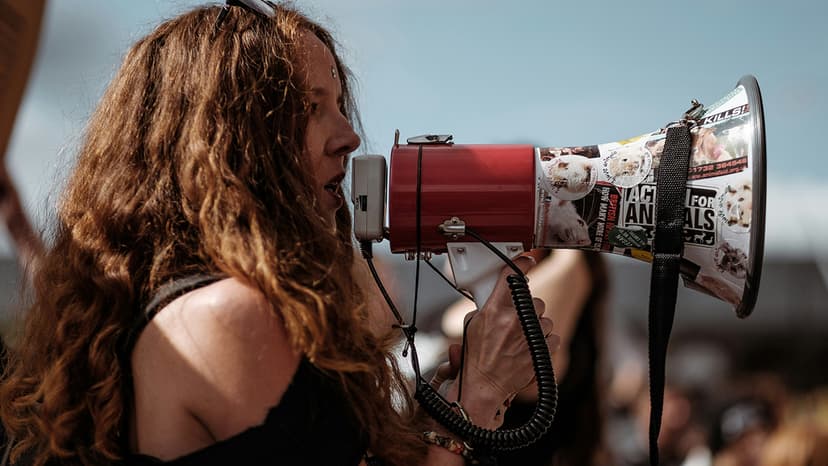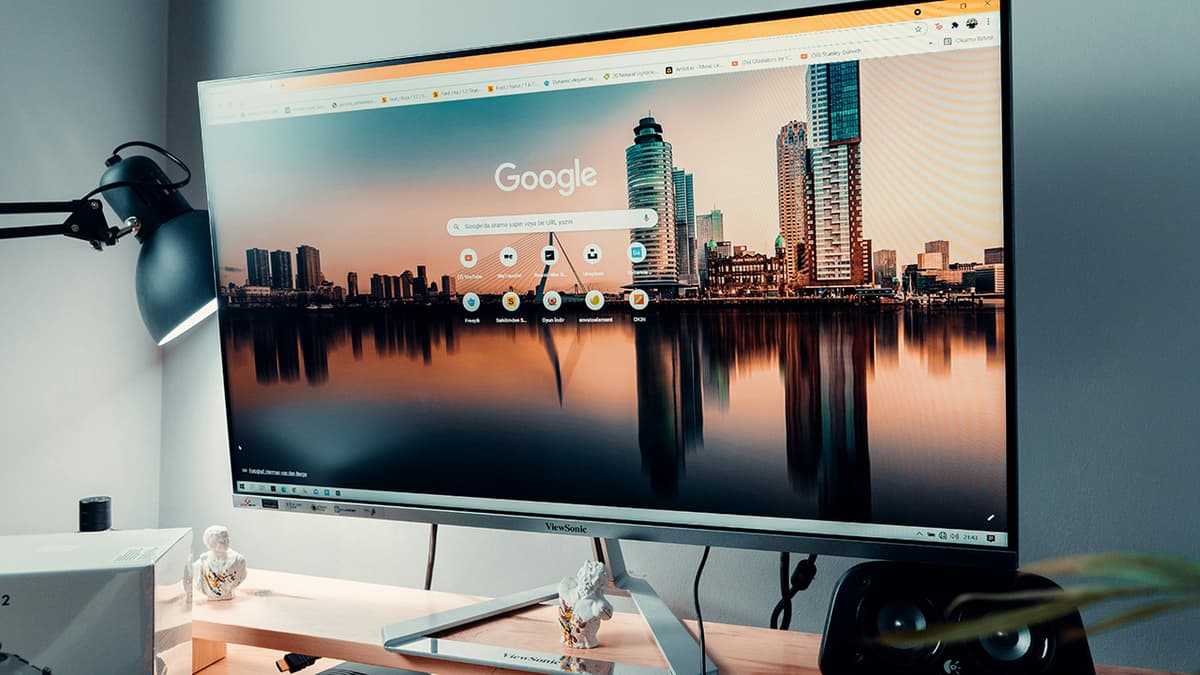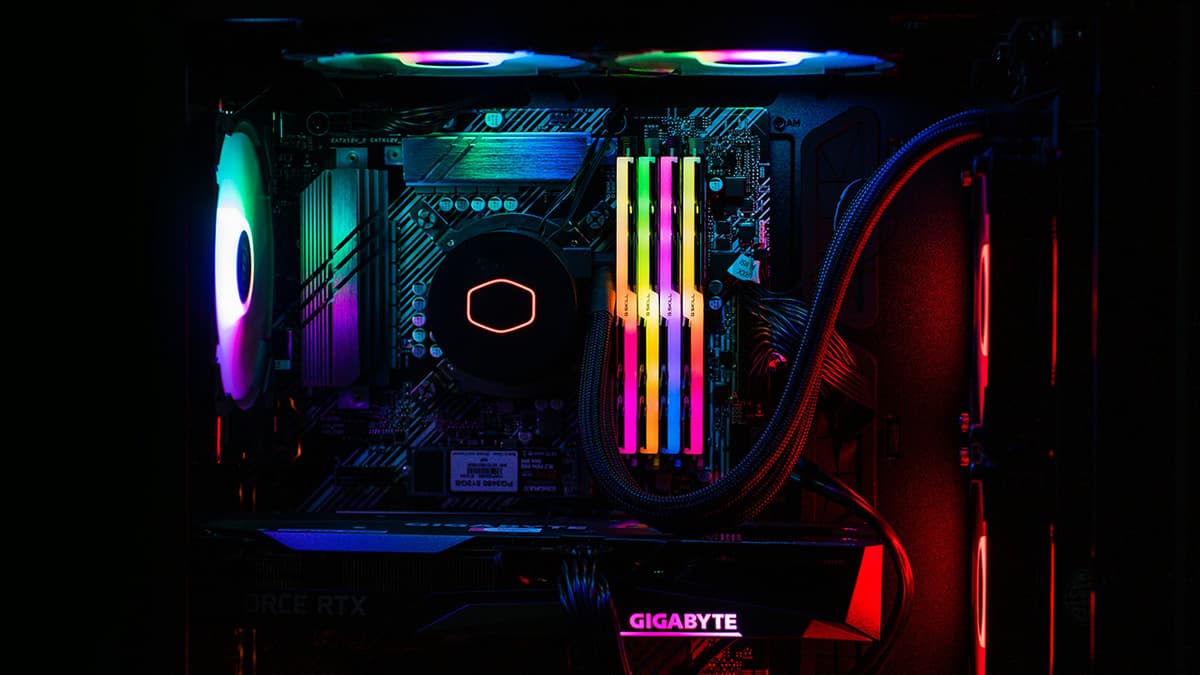The Essence of Communication: Bridging Human Connection
Standing in a bustling city square, you witness a flurry of movement. People are gesturing, talking, and exchanging glances. Each action conveys a message, creating the fabric of human interaction.
Communication transmits information, ideas, emotions, skills, and knowledge. It allows us to understand and be understood. A smile, a handshake, a blog post, or a phone call each represent unique ways we share our reality.
What's in a Word: More Than Just Talk
Communication can be categorized into two main forms: verbal and non-verbal. Verbal communication involves the words we use, such as conversations, speeches, and text messages. It is language in action. Non-verbal communication includes gestures, body language, eye contact, and vocal tone, often conveying more than words alone.
The Medium is the Message: Channels of Exchange
Communication channels can include anything that conveys messages from one point to another. These can be facial expressions, radio waves, or written content. We currently have numerous channels at our disposal. The growth of digital forms has affected how we communicate.
Can You Hear Me Now: The Importance of Effective Communication
Consider a time when someone didn't fully grasp your message. This highlights the necessity of effective communication. It revolves around clarity and understanding.
Key components include the sender, the message, and the receiver. The sender should be clear and concise. The message must be accessible, and the receiver should be open to understanding. When these elements align, ideas flourish, and relationships strengthen.
Lost in Translation: Communication Breakdowns
Effective communication can be complex. Miscommunication occurs when sending and receiving messages becomes convoluted. Ambiguous language, incorrect channels, or cultural differences can lead to misunderstandings. These issues can result in frustration and issues in relationships.
The Listening Ear: Communication's Other Half
Listening is a crucial yet often overlooked part of communication. Good communicators express themselves clearly and pay attention to others. Active listening means fully focusing, understanding, responding, and remembering what is being said. A skilled listener can empathize and provide meaningful responses.
Signs of the Times: Evolving Communication
From ancient smoke signals to modern smartphones, communication methods have continually evolved. Recent advancements have made instantaneous communication possible. We can connect globally, collaborate virtually, and share experiences even from far away.
Despite rapid technological advances, connection remains vital. Effective communication should bridge gaps, ensuring that messages foster genuine connection.
The Communication Superpower
At its core, communication is about understanding. It nurtures relationships, drives progress, inspires innovation, and connects communities. Our communication ability can initiate change or mend issues.
Communication is a powerful tool we all possess. It opens doors, breaks down barriers, and reminds us that we are part of a larger community. Let’s use this power wisely, for it enables us to impact the world with every message shared.












